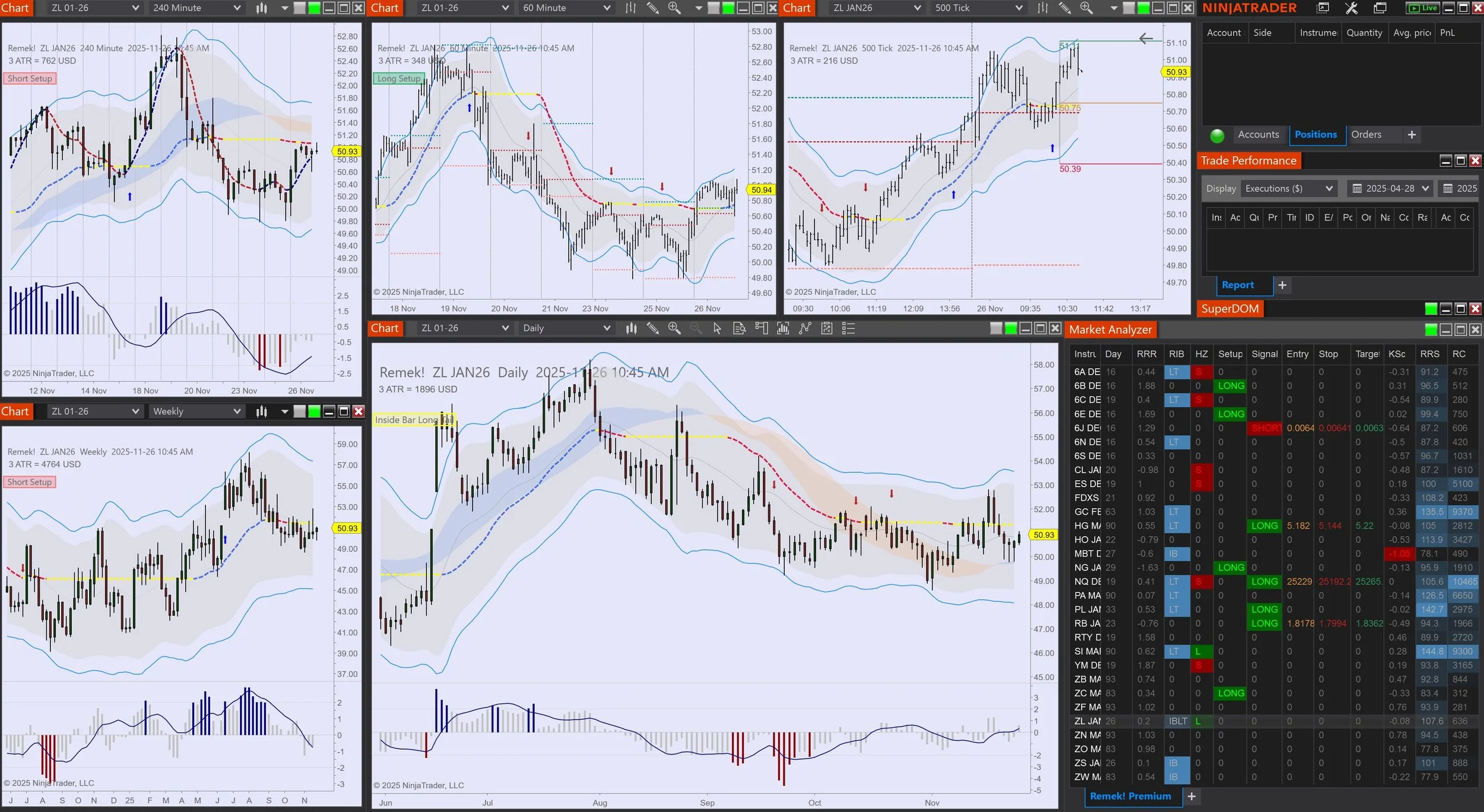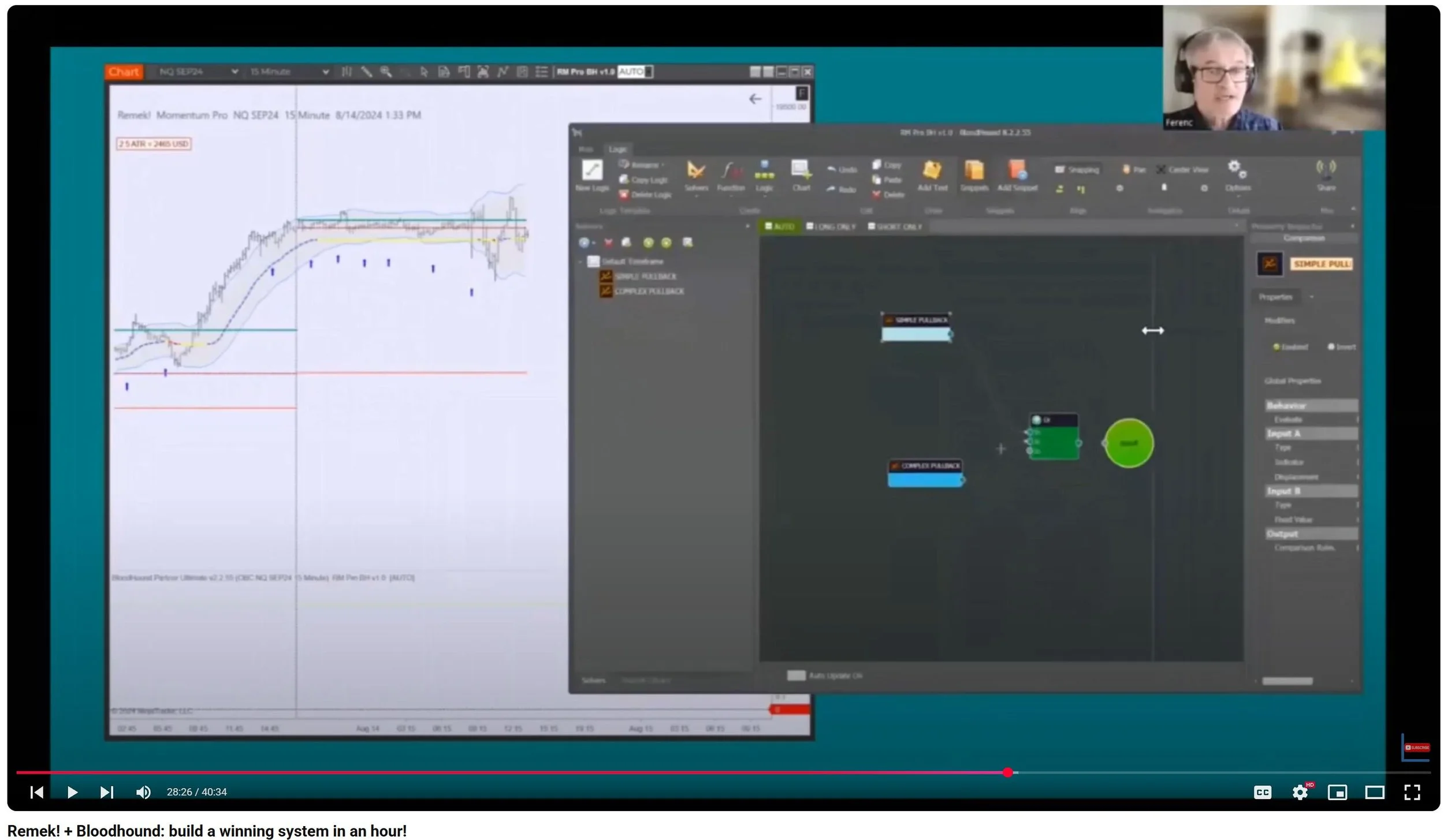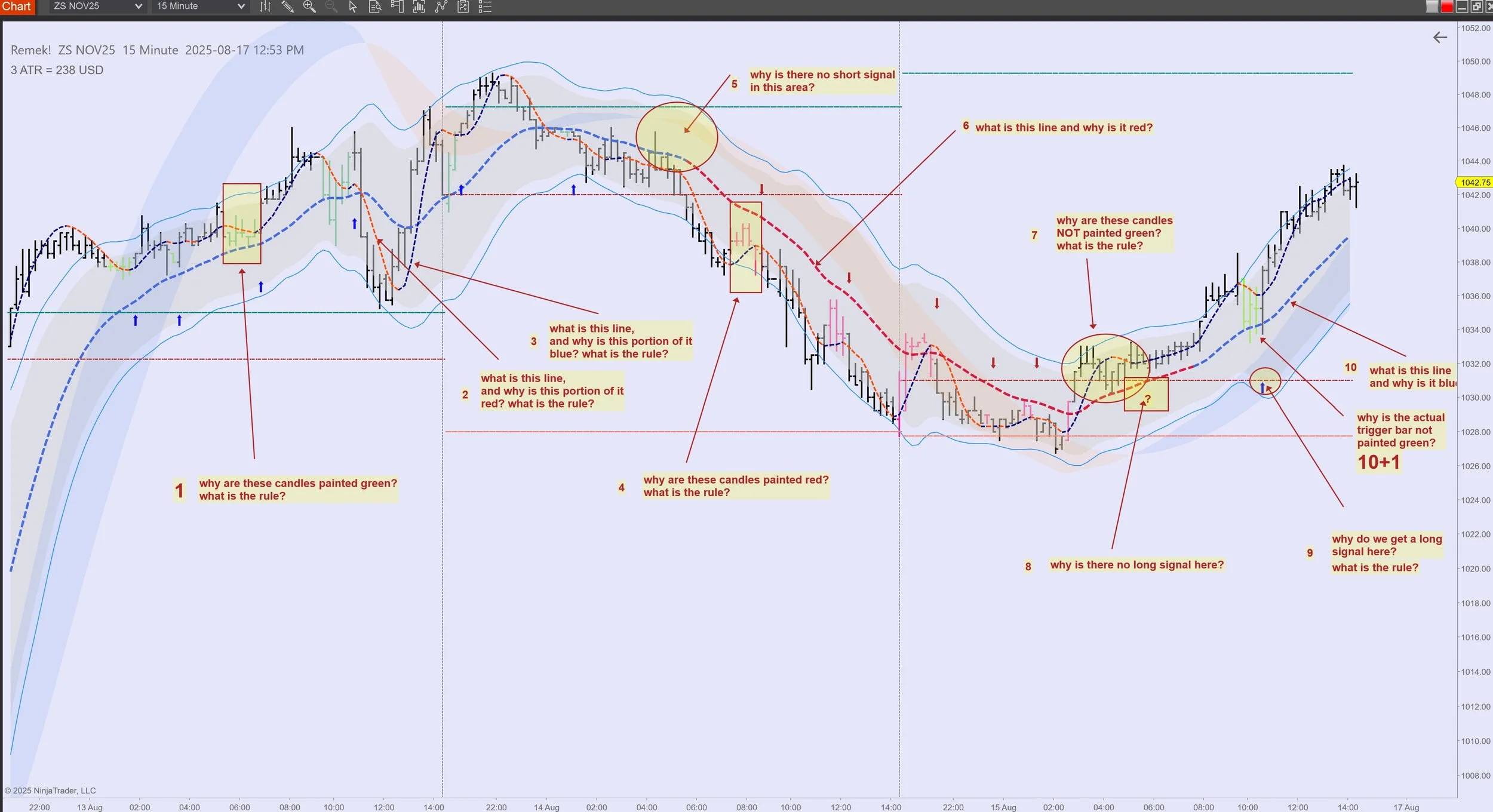To trade a persistent characteristic of crowd behaviour on liquid financial markets, the re-emergence of momentum out of consolidation areas, at the best prices of the year, visit the shop and enter the coupon code REMEKBLACKFRIDAY. (Purchase or lease).
Black Friday pricings now in effect!
To trade a persistent characteristic of crowd behaviour on liquid financial markets, the re-emergence of momentum out of consolidation areas, at the best prices of the year, visit the shop and enter the coupon code REMEKBLACKFRIDAY. (Purchase or lease).















